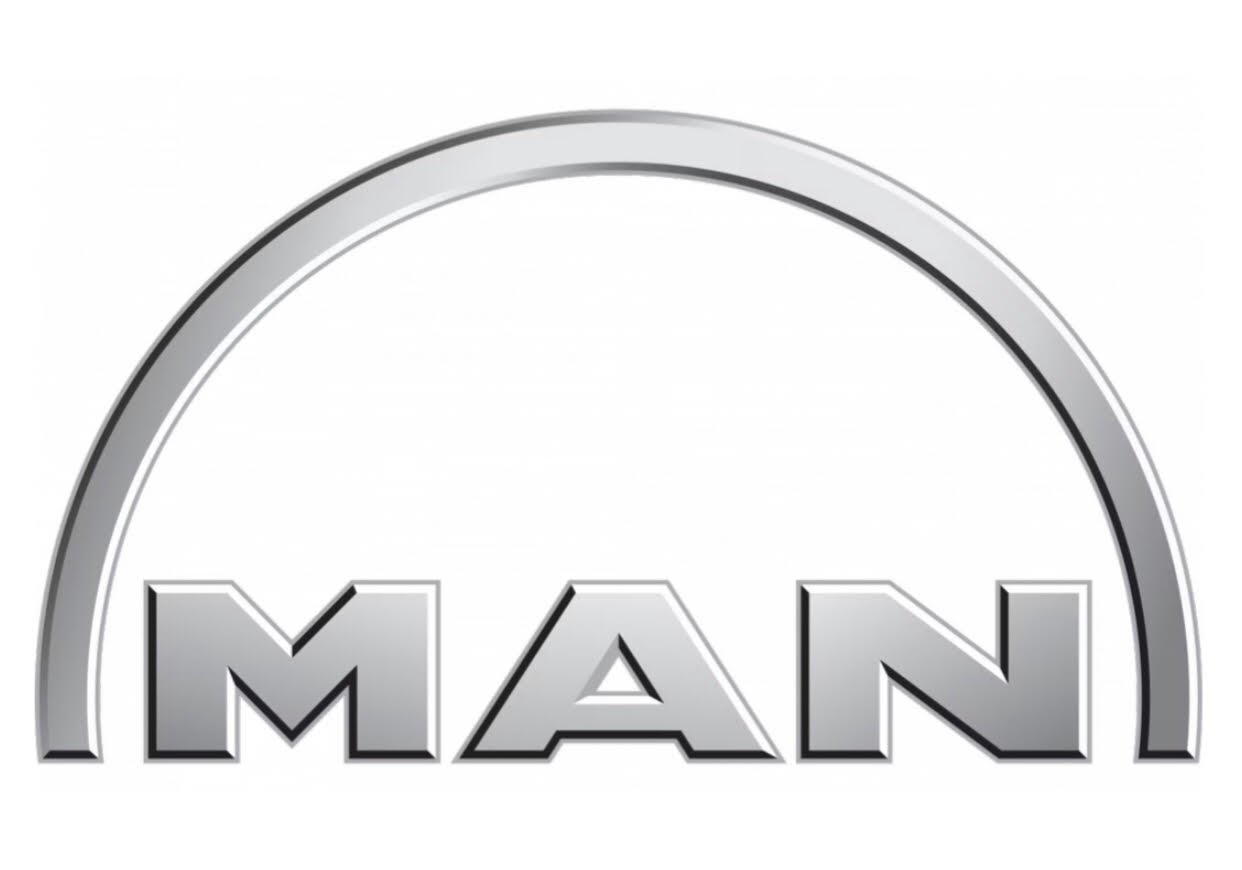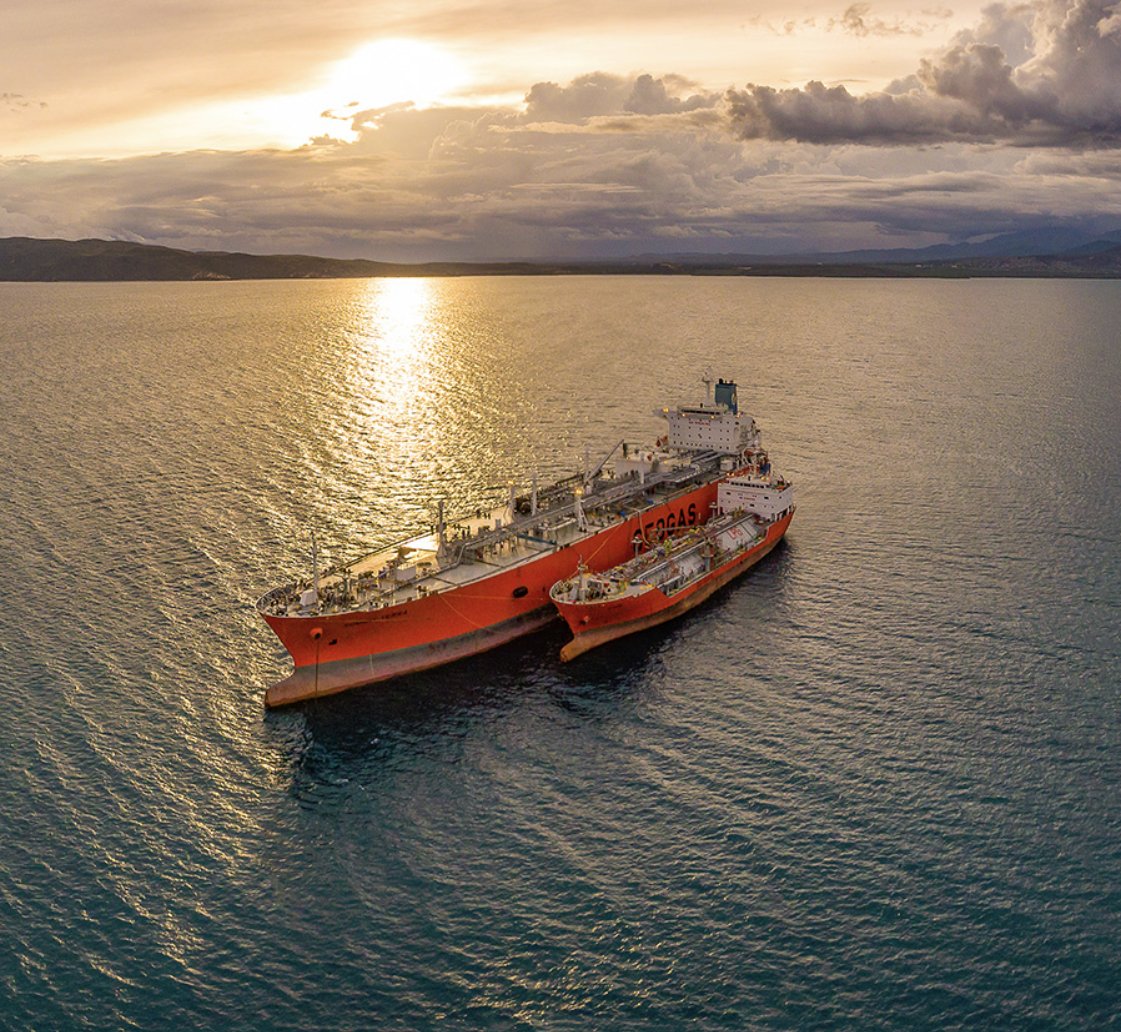
LPG
LPG is arguably the most versatile of fuels. It can be used for cooking, heating, transport and power generation. In small insular markets, bundling bulk LPG to derive an éco-synergistic platform servicing multiple sectors is the most intelligent way of achieving both cleaner and more affordable energy. Hence, these two desirable attributes are no longer mutually exclusive.
In the last decade, the energy boom in the US has been nothing short of spectacular in the Natural Gas Liquids (NGL) and particularly in the propane sector. Today, the US represents nearly half of the global exports for LPG.
LPG EXPORTS BY SELECTED MAJOR EXPORTERS
Furthermore, US exports are expected to grow at a CAGR of 12% until at least 2035. Shipping mostly out of the US Gulf, this American propane represents good value for the neighboring Caribbean and LATAM region.
JFS works in a technical partnership with GEOGAS Trading S.A. — one of the largest propane traders in the world, and an industry leader in vessel storage and transport logistics. We offer fully integrated intelligent LPG energy solutions throughout the whole Caribbean and the tropical LATAM region.
On LPG power generation, JFS provides gas turbines, including large-scale propane vaporization and pressurization feeding systems. We also offer well-proven, two stroke, spark-assisted reciprocating LPG engines, with an unbeatable CAPEX per installed MW.
(Liquified Petroleum Gas/ Propane)
LPG Technical Partners
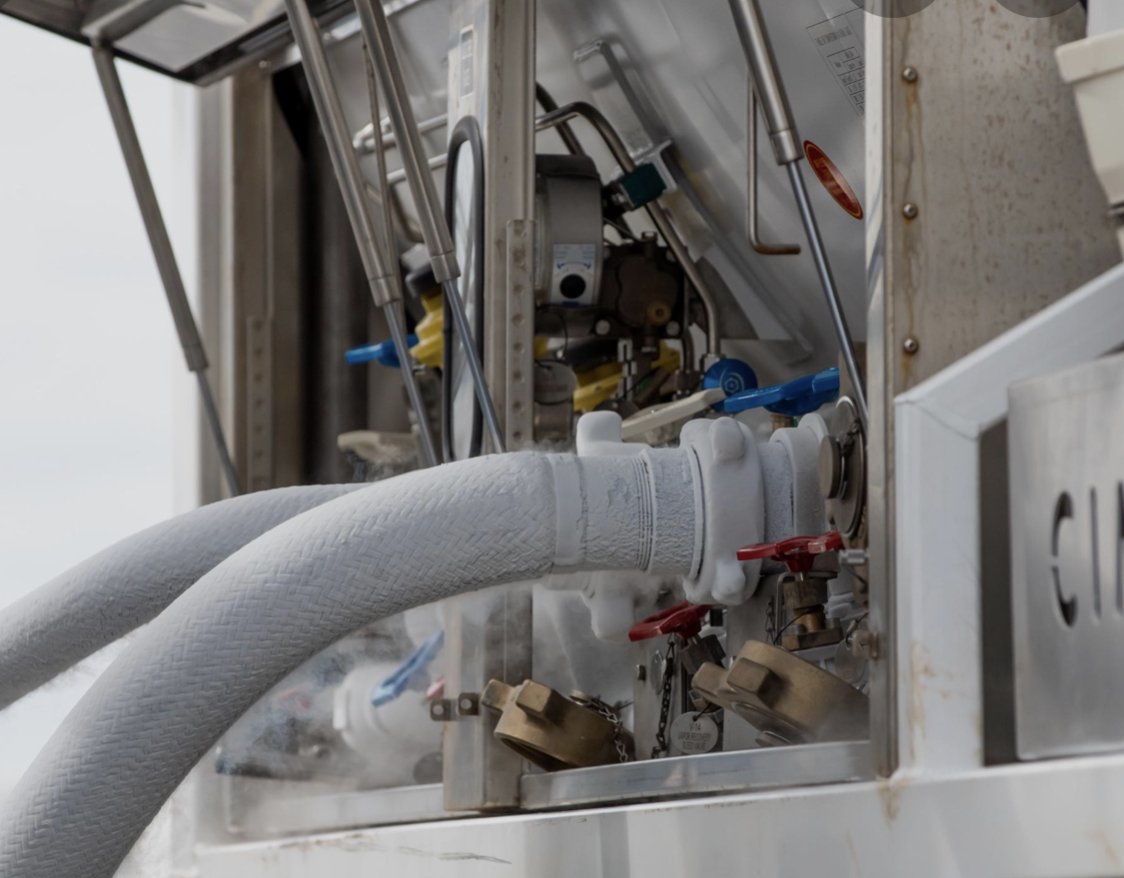
LNG/ Flare Gas
More often than not, piped natural gas (NG) is the cheapest and cleanest fuel to be had. But a considerable percentage of the world’s population and power generating plants are out of reach from the domestically supplied natural gas grids. Therefore, LNG becomes the alternative. In the instances where bulk LNG is not physically nor economically feasible, ISO containerized LNG can become the most suitable option.
Whether bulk LNG, “virtual pipeline” ISO LNG, or small-scale ISO LNG, we work to achieve the best sustainable solution for the client. We then proceed to reduce capital expenditures and fuel costs to a minimum. We do this by ensuring a competitively priced nat gas supply, efficient logistics, and affordable storage. As for equipment, we range from containerized nat gas piston engines, all the way to H and J class turbines operating in Combined Cycle mode.
Regarding turbines, we work with all OEMs and most certified Level 4 rebuild shops. The turbine after market dynamics has its own specificity, due to very lengthy delivery time for new equipment. We only team up with the most reputable and knowledgeable brokers and suppliers in the field.
On other methane formats besides NG/LNG, JFS also offers AD biogas, flare/well gas and low grade landfill gas power generation equipment that is mobile and towable for field applications.
(Liquified Natural Gas/ Methane)
LNG Technical Partners
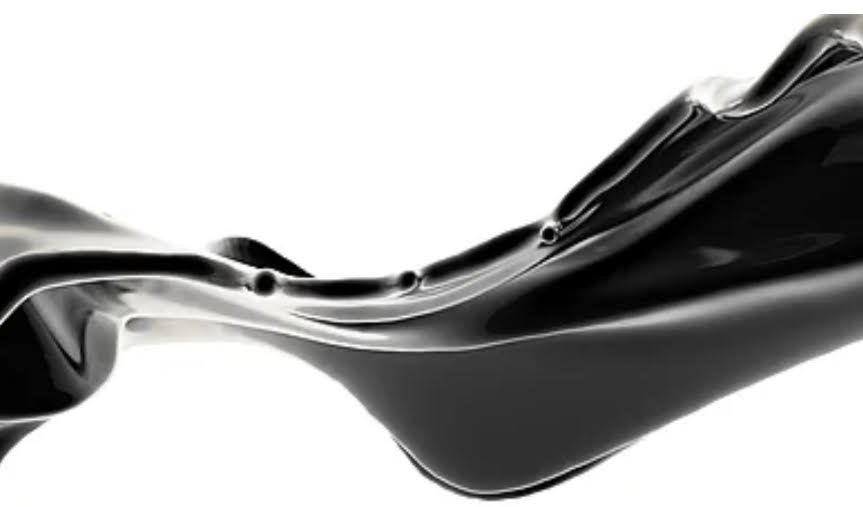
HFO/LFO
Often, gaseous fuel alternatives aren’t a viable possibility and only liquid fuels will do. In these instances, HFO becomes a natural alternative to diesel as it is very competitively priced with comparable carbon footprints.
Generating emissions per kWh midway between natural gas and bituminous coal, HFO will remain an attractive alternative for LATAM and the Caribbean Basin for the foreseeable future. When examining the processing, handling, transport, and overall societal costs relative to a sustainable developmental model, HFO fares better than is generally thought. As a result of HFO’s fuel residual nature, its upstream carbon footprint is smaller than other downstream cleaner fuels, particularly light distillates such as #2 and MDO.
Overall, JFS provides considerable experience in an HFO market that gets more complex by the day, based on IMO’s ever-evolving standards. Weather burning viscosities of 180, 380, 500 or >800 cSt (i. e. reduced crude oil or atmospheric bottoms), we pair the customer’s need with the right equipment.
JFS offers fuel treatment stations and further improves HFO with property enhancers. We can also set up the generating units with tiered systems, CHP and/or Heat Recovery Steam Generators (HRSG). These yield a significantly lesser GHG profile, thereby making HFO environmentally friendlier.
Regarding the EMERGENCY/STANDBY sector, LFO (or diesel) will remain the most adapted fuel for the foreseeable future. With a combined historical track record of providing well over 1GW in LFO units, JFS is a premier emergency generating equipment supplier. Conveniently located in North Miami, we keep various equipment on site for immediate delivery.
HFO Technical Partners
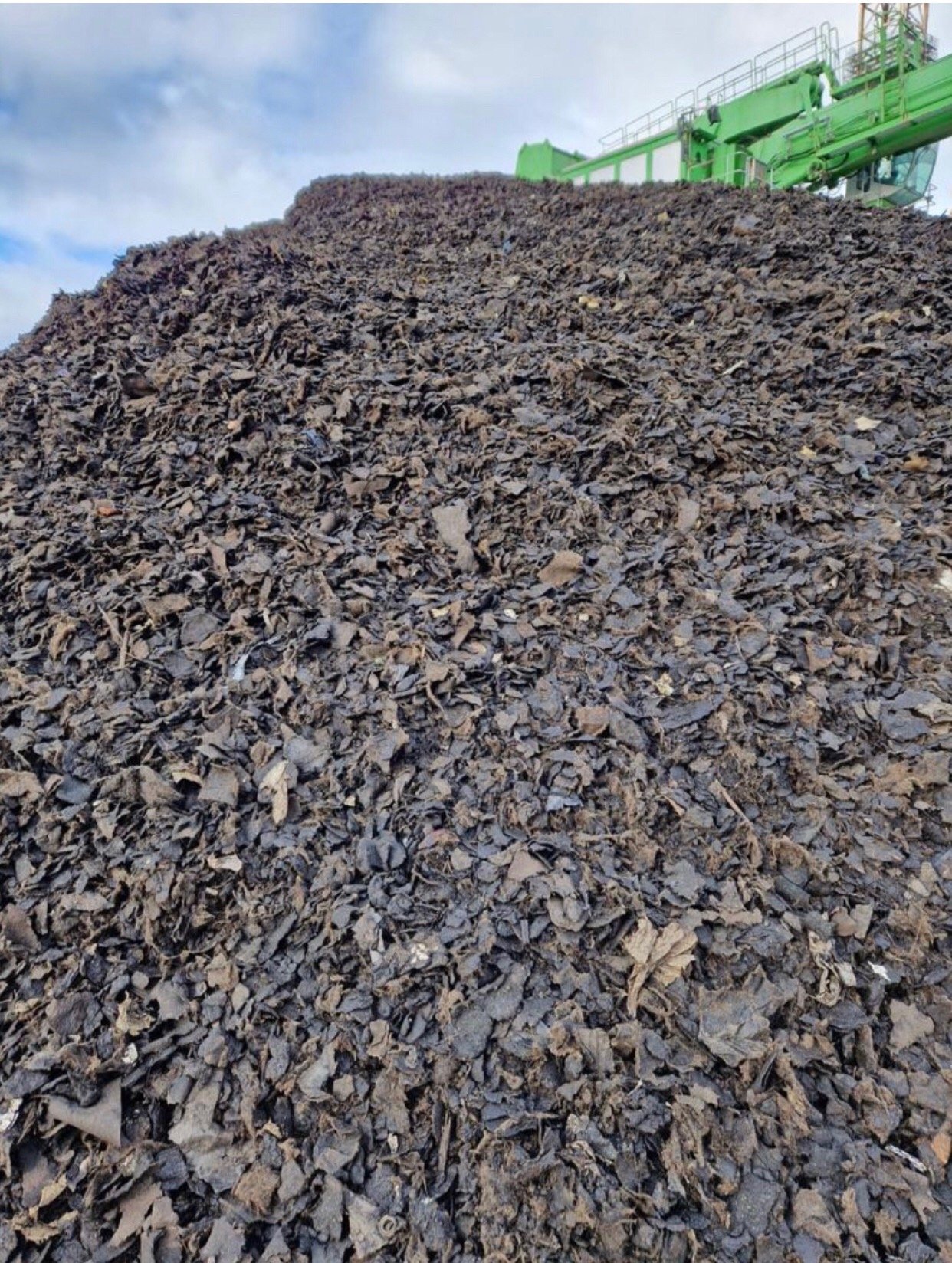
DRY & RECYCLABLES
In today’s diversified global energy basket, recyclables have their rightful part to play. Methane gas is nearly thirty times as potent as CO2 in regards to global warming, and therefore must be dealt with. Rather than overwhelming the already stressed landfills and simply allowing Municipal Solid Waste (MSW) to decompose and freely releasing atmospheric methane gases, recyclables can do the exact opposite and positively curtail GHG emissions, as witnessed by their renewed interest in Europe.
JFS addresses renewable recyclables in two specific ways. First, working with Minamikaze Energy from Japan, JFS offers a commercially EEC-registered recyclable product called Bitucoke. A very versatile product, Bitucoke is used as a low cost additive to petcoke and coal, in cement/glass furnaces and in coal power plants. Derived from discarded roofing material, and packing more energy than mid-grade coal, Bitucoke is also used as an enrichment and stabilizer, when blended with biomass in Central America, thereby curtailing tree felling.
JFS also provides MSW incinerating solutions coupled to power generation. Our team of engineers regroup decades of experience in Waste-to-Energy (WTE) furnaces and boilers, steam turbines, as well as scrubbers and advanced ESP pollution control technology. Furthermore, we adapt available boilers with nickel alloy plating and tubing to resist high temperature chlorine corrosion: a problem when burning unsorted solid waste in LATAM.
Incinerating waste intelligently via a responsible WTE infrastructure, is the most environmentally conscious and economically sustainable manner of treating the planet’s ever-growing 2.5 billion tons a year of MSW. The energy locked in the unused MSW strewn around trash dumps, amounts to 10% of the planet’s electrical production, or as much as the entire output of the nuclear energy sector. That methane is simply being wasted away, and finding its gratuitous way into the atmosphere, while providing absolutely nothing positive in return.
WORLD WASTE TREATMENT Image
























